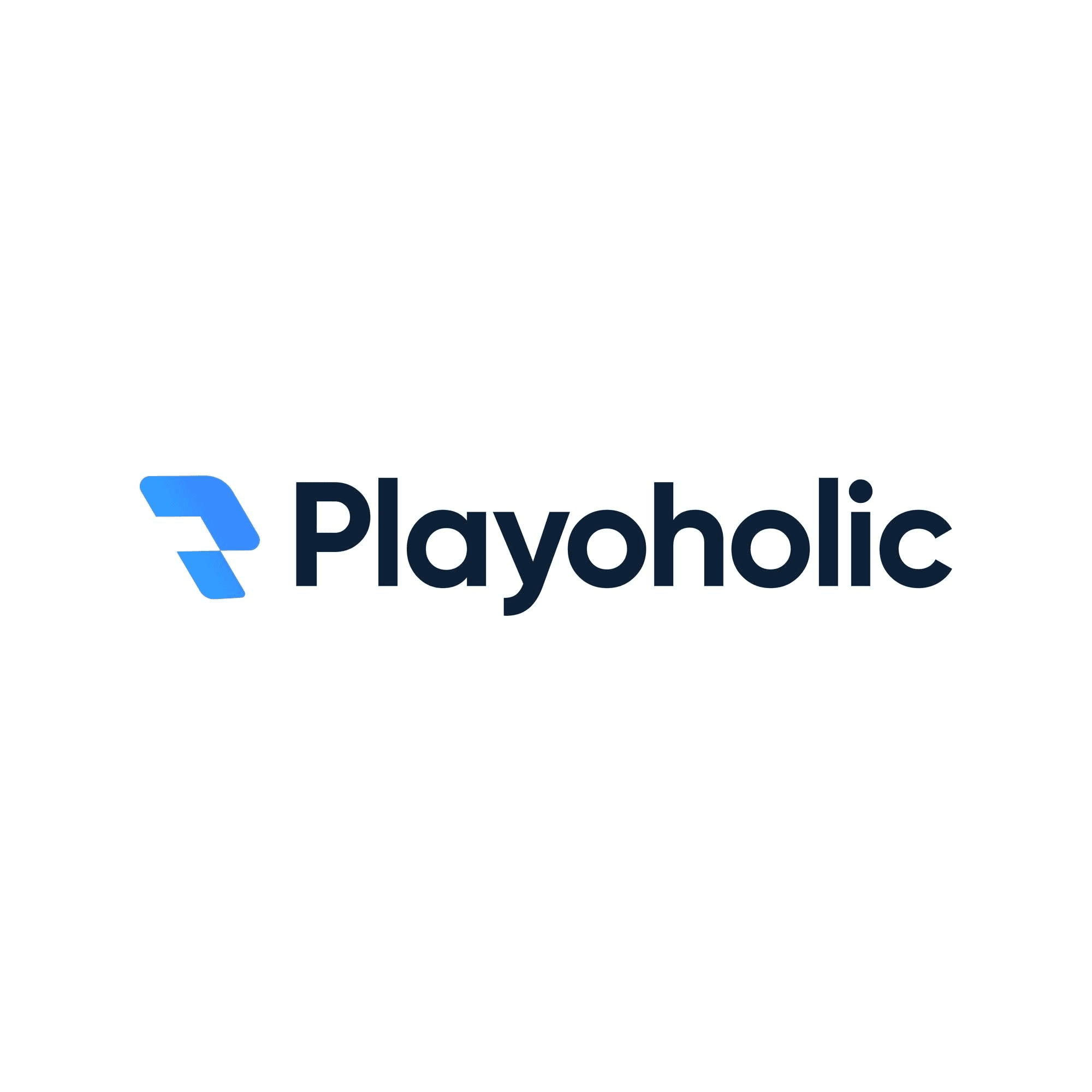Inside the 2024 Online Business Boom: Greg Elfrink’s Strategy


Business Description
Table of Contents
Navigate through the case study sections
Executive Summary
Case Study Content
Market Conditions in 2024
After a sharp downturn in 2022 and a wave of fund closures in 2023, 2024 has brought a more measured return of buyers to the online business marketplace. Buyers are no longer chasing volume at any cost. They’re zeroing in on businesses with predictable cash flow, clean data control and clear growth paths. Sellers, meanwhile, face a higher bar: consistent revenue streams, diversified channels and solid customer relationships are now essential to attract offers.
Google’s Algorithm Shake-Up
Recent updates have driven some content sites to the brink, with organic traffic plunging and ad revenue drying up. Many site owners are selling fast or pivoting toward e-commerce and SaaS add-ons. E-commerce stores and SaaS platforms, with direct customer ties and multiple acquisition channels, have largely escaped the worst hits. It’s a warning that relying on a single traffic source can leave a business vulnerable to platform changes.
Selling a Declining Business
Distressed assets are in low demand, and buyers expect discounts or deferred payments. If traffic and revenue have dipped, prepare for a lower multiple and a deal where a portion of the payout is tied to future performance. Highlight fixable issues, untapped channels and quick wins to make a turnaround story more appealing.
Models on the Rise
Marketing agencies and direct-to-consumer e-commerce stores (beyond dropshipping) are drawing strong interest. Agencies offer recurring revenue, scalable teams and clear growth levers. D2C brands own their supply chains, pricing and customer data, giving them resilience against market shifts. SaaS businesses remain sought after, though competition is tough for top-tier companies.
The Seller Financing Surge
With bank lending still tight, seller financing has become a standard part of deal structures. Sellers often take 50–70% up front and carry the balance over 1–3 years, sometimes with performance-based earn-outs. Buyers gain access to larger deals while sellers benefit from higher total sale prices and potential tax advantages.
Tips for Buyers
- Set a clear acquisition budget, including working capital.
- Match the target business to your core skills and experience.
- Develop both short-term operational plans and long-term exit strategies.
- Assess industry trends and risks, from regulatory moves to platform dependencies.
- Use deal structures like earn-outs to protect capital and align incentives.
Preparing to Sell
Start planning 12–18 months before you list. Clean up financials, document processes and build a team that can run without you. Accelerate growth, diversify revenue and get a vetted valuation. Stay engaged until closing, buyers pay up for momentum, not decline.
Conclusion
2024’s online business market rewards quality and preparation. Whether you’re buying or selling, focus on stable revenue, multiple traffic sources and smart deal terms. With a cautious buyer pool and evolving models, the winners will be those who know their numbers, understand market shifts and structure deals that balance risk and reward.
Key Takeaways
- 1Buyers in 2024 focus on businesses with stable, predictable revenue and direct control of customer data.
- 2Content sites face steep algorithm penalties; e-commerce and SaaS models offer more resilience.
- 3Distressed businesses require realistic pricing, creative deal structures, and a clear turnaround narrative.
- 4Marketing agencies and branded D2C stores are top targets thanks to recurring revenue and owned channels.
- 5Seller financing, 50–70% upfront with deferred payments, has become a common way to bridge lending gaps.
- 6Thorough due diligence, matched skill sets, and clear growth and exit plans are vital for buyers.
Tools & Technologies Used
Premium Content Locked
Subscribe to access the tools and technologies used in this case study.
Unlock NowHow to Replicate This Success
Premium Content Locked
Subscribe to access the step-by-step replication guide for this case study.
Unlock NowInterested in Being Featured?
Share your success story with our community of entrepreneurs.
Explore More Case Studies
Discover other inspiring business success stories

How Playoholic Grew a Mobile Gaming Empire and Sold in 10 Days for 5 Figures
Anurag Ghosh, a content writer and gaming enthusiast, transformed his mobile gaming hobby into Playoholic, a successful ...
Playoholic

How Traffic Think Tank Grew From Side Project to $1.8M Exit
Traffic Think Tank started as a $99/month private Slack community founded by three SEO experts. Over six years they scal...
Traffic Think Tank

How Nico Jeannen Built and Sold Two AI Startups for $265K
Nico Jeannen left freelancing to learn coding and built 17 project prototypes in a year, focusing on MVP speed and early...
MakeLogoAI & TalkNotes